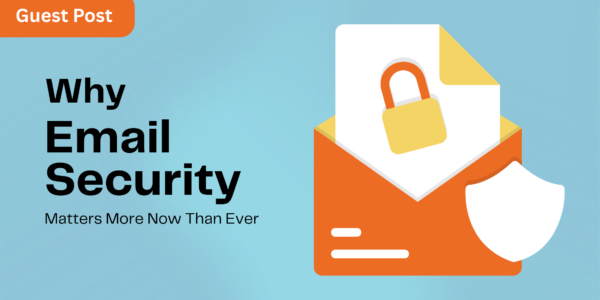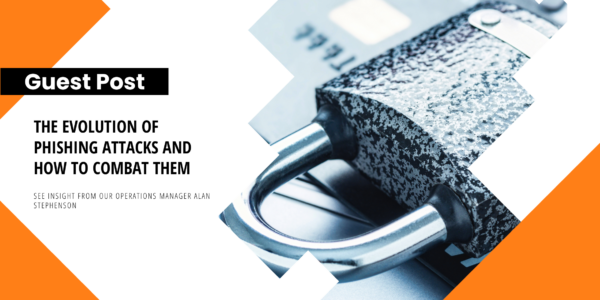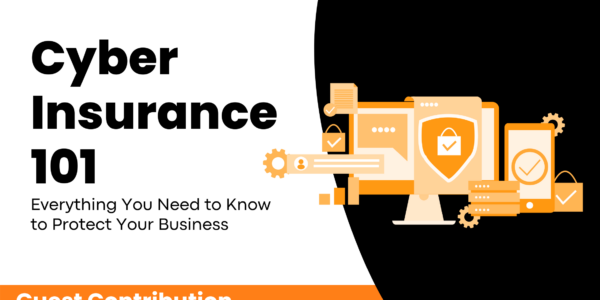Guest Post from Taylor Tabusa Key Points DMARC (Domain-based Message Authentication, Reporting, and Conformance) is…

Remote Workforce Security: Top 5 Tips to Protect Your Network
When Coronavirus (COVID-19) first rocked the world, businesses and employees were some of the first to feel the devastating effects. Quickly, employers had to adjust and find ways to keep productivity up while also keeping their employees safe. Many began adjusting to their life to remote work.
While remote workers were more protected from the rapid spread of the disease, they found themselves exposed to a different type of plague: cyber attacks.
As remote work continues to become more popular, it is essential that we take steps to protect our networks from potential security risks. In this article, we’ll go over some top tips for safeguarding your network while working remotely.
Develop Strong Passwords and Protect Them
The first tip is to develop strong passwords and protect them at all times. This means using unique passwords for each account you have, and avoiding reusing the same password across multiple accounts. It’s also important to choose strong passwords – ideally a combination of letters, numbers, and symbols – and be sure never to share your passwords with anyone else.
Update Software Immediately
Another critical step for remote work security is to keep your software up-to-date. This means making sure you are always running the latest version of your operating system, as well as any other software programs you’re using.
Continuously updating your devices and software can sometimes be frustrating. But, by staying on top of these updates, you can minimize the risk of malware and other vulnerabilities that could put your network at risk.
Look Out For Phishing Attacks
Phishing attacks are another common remote work security threat. To protect yourself against these types of attacks, it’s important to be wary of unsolicited emails and links, especially if they contain information or requests that seem too good to be true. Train your employees to recognize phishing attacks and avoid them.
Use Separate Devices for Remote Work
Using separate devices is another important step toward remote work security. This means having a dedicated device that you only use for remote work – one that does not contain any personal information or other sensitive data. By limiting your remote work activities to this single device, you can minimize the risk of a data breach or other issues on your home network.
Multi-Factor Authentication
Finally, another key remote work security tip is to use multi-factor authentication whenever possible. This involves using more than just a username and password to access your accounts, incorporating additional methods such as texts or fingerprint scans.
Using multi-factor authentication can help ensure that only authorized users are able to access your remote work devices and accounts, further protecting your network from potential security risks.
The Bottom Line
Whether you’re working remotely for the first time or are a seasoned remote worker, keeping these tips in mind can help ensure that your network stays safe and secure at all times. For more information on the best ways to protect your network and data, contact Terminal B today.


